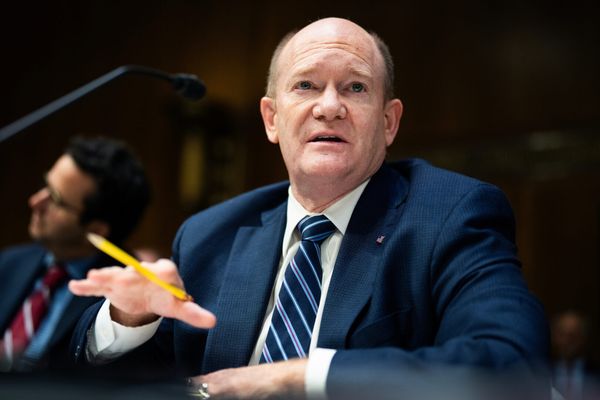
Did the number of restaurant workers in Washington, D.C., go up after the city voted to increase the minimum wage in a citywide referendum? That's what The New York Times reporter Priya Krishna claimed in an article that appeared in March, citing figures from the Bureau of Labor Statistics (BLS).
She reported that the total number of workers in the industry had increased from 13,690 in 2022 to 14,168 by September of 2023.
These numbers are false. It turns out that Krishna misunderstood the data she was looking at. The chart she linked to in the article presented numbers "in the thousands," meaning that the actual data were not 14,168 but 14,168,000, which also makes sense because Krishna didn't realize she was reading national BLS data—not local figures.
Reason contacted The Times about the mistake, and the paper issued a correction.
This would be just an embarrassing error, except that by the time the paper corrected the figures, the labor group that advocated for the minimum wage increase in D.C., One Fair Wage, had cited the Times' reporting as evidence that its policy hadn't negatively impacted employment in the district.
It has. When the law first went into effect in May 2023, full-service restaurant employment was at 29,678. Employment peaked in December of that year at 30,111 but since then has fallen by 4.1 percent to 28,875, as of October 2024.
The Times' correction of Krishna's initial mistake introduced new problems. The rewritten paragraph now claims that the number of workers in the industry increased to 77,356 in September 2023 from 71,762 a year earlier. And while, in this case, those are real numbers, they refer to employment from all leisure and hospitality establishments, including movie theaters, hotels, spas, golf courses, museums, and more. These job categories weren't impacted by the policy change that's the focus of the article. Using such a broad category doesn't tell us anything about the impact of the minimum wage increase on restaurants.
I pointed this out to Krishna and she replied, "We feel our language is accurate."
It's also curious that The Times selected data from September 2023 since the article was published in March 2024 and the BLS publishes employment data monthly.
BLS data that's specific to the restaurant industry, of course, exist. In February 2024—the latest data that Krishna likely would've had access to at the time—full-service restaurant employment had dropped to 28,632, a decrease of 3.52 percent, since May 2023. This data would have led to the conclusion that the minimum wage increase was having a negative impact on employment, which perhaps didn't fit with the preconceived story that Krishna wanted to tell.
One Fair Wage also shared a video of Krishna on its Instagram page two weeks after the article's publication with the caption "Listen in as @NYTimes talks about a bill we helped pass in Washington, D.C. that proves what we're doing is effective and gives a boost to service workers." In the video, Krishna references her article, claiming that the number of restaurants increased to 3,472 in 2024. However, that number also refers to all leisure and hospitality establishments, not just restaurants, and is from 2023, not 2024.
For more on the impact of increasing the minimum wage on restaurant jobs in D.C., watch my recent documentary on the topic: Why these workers want a LOWER minimum wage
The post <i>The New York Times</i> Claimed D.C.'s Minimum Wage Hike Created Jobs. We Exposed Their Error. appeared first on Reason.com.






